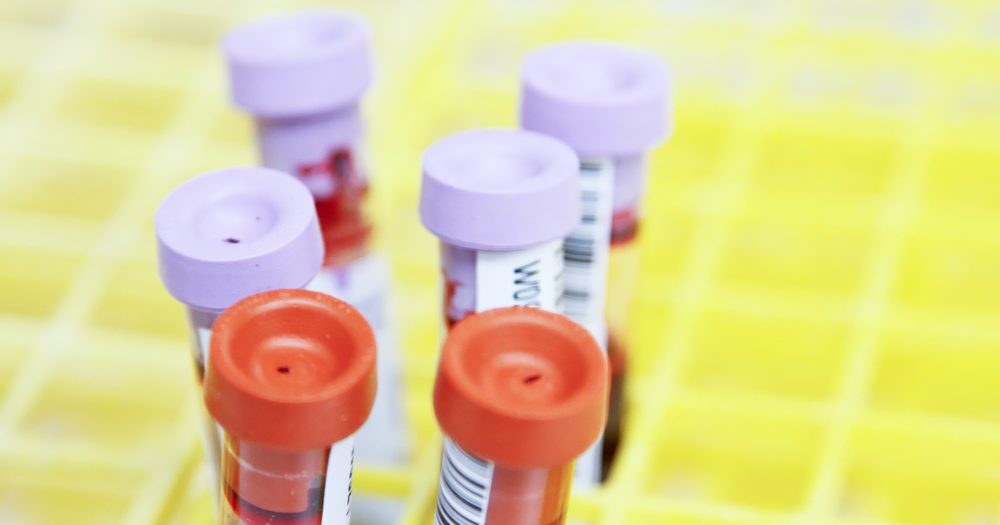According to data published by the Health Protection Surveillance Centre (HPSC), the number of recorded sexually transmitted infections (STIs) cases in Ireland has increased by almost 45% in the first half of 2022, compared to the same period last year.
The Health Protection Surveillance Centre (HPSC) is the State’s infectious diseases monitoring body, which publishes reports on the number of recorded cases of HIV and STIs in Ireland every week. Reports between week 1 and week 27 of this year show that a total of 7,824 STIs cases were reported this year, revealing a 43% increase compared to the number of cases recorded last year in the same period, which amounted to 5,462.
The highest increase was reported in cases of HIV, which amounted to 413 this year. Cases of Lymphogranuloma venereum, an STI most commonly found in men who have sex with men, also showed a sharp increase. As for chlamydia, the most common STI type, 4,541 cases were recorded so far this year. The highest number of STIs cases were reported among people aged 20 to 24, with men making up a higher number than women.
It should be taken into account that, in the first half of last year, Covid-19 restrictions would have impacted testing. Prior to the pandemic, in the first half of 2019, cases of STIs in Ireland amounted to 7,280. Indeed, according to the EMERGE survey published by HIV Ireland earlier this year, the Covid crisis disrupted people’s ability to access HIV and STI testing, likely resulting in a lower number of recorded cases.
We have published our weekly report on HIV and STI cases in Ireland. For the week ending 9 July 2022, we are reporting:
? 223 cases of chlamydia
? 36 cases of gonorrhoea
? 17 cases of syphilis
? 26 cases of HIVFind out more ? https://t.co/7aA32xNyvi pic.twitter.com/AuUQ076Vje
— HSE Health Protection Surveillance Centre (HPSC) (@hpscireland) July 13, 2022
Another effect of the Covid-19 restrictions that might have impacted the increase in STIs cases is that once such restrictions were lifted, people got more opportunities to meet and socialise. Speaking to the Irish Times, chief executive of HIV Ireland Stephen O’Hare said “We have noticed that in the past six to eight weeks, since Easter, we are seeing a significantly higher number of newly notified cases of HIV. It would normally run at 10 to 12 a week, now we’re seeing it at about 30.”
He also identified another factor that might have had an impact on this increase namely the different migration patterns caused by the war in Ukraine, with many refugees coming to Ireland from there. “Ukraine has a significant problem with HIV. These figures relate to not just new transmission but also people who are living with HIV who are changing medical providers, so by coming to Ireland and registering with doctors, that could be a factor as well,” O’Hare said.
© 2022 GCN (Gay Community News). All rights reserved.
Support GCN
GCN is a free, vital resource for Ireland’s LGBTQ+ community since 1988.
GCN is a trading name of National LGBT Federation CLG, a registered charity - Charity Number: 20034580.
GCN relies on the generous support of the community and allies to sustain the crucial work that we do. Producing GCN is costly, and, in an industry which has been hugely impacted by rising costs, we need your support to help sustain and grow this vital resource.
Supporting GCN for as little as €1.99 per month will help us continue our work as Ireland’s free, independent LGBTQ+ media.
